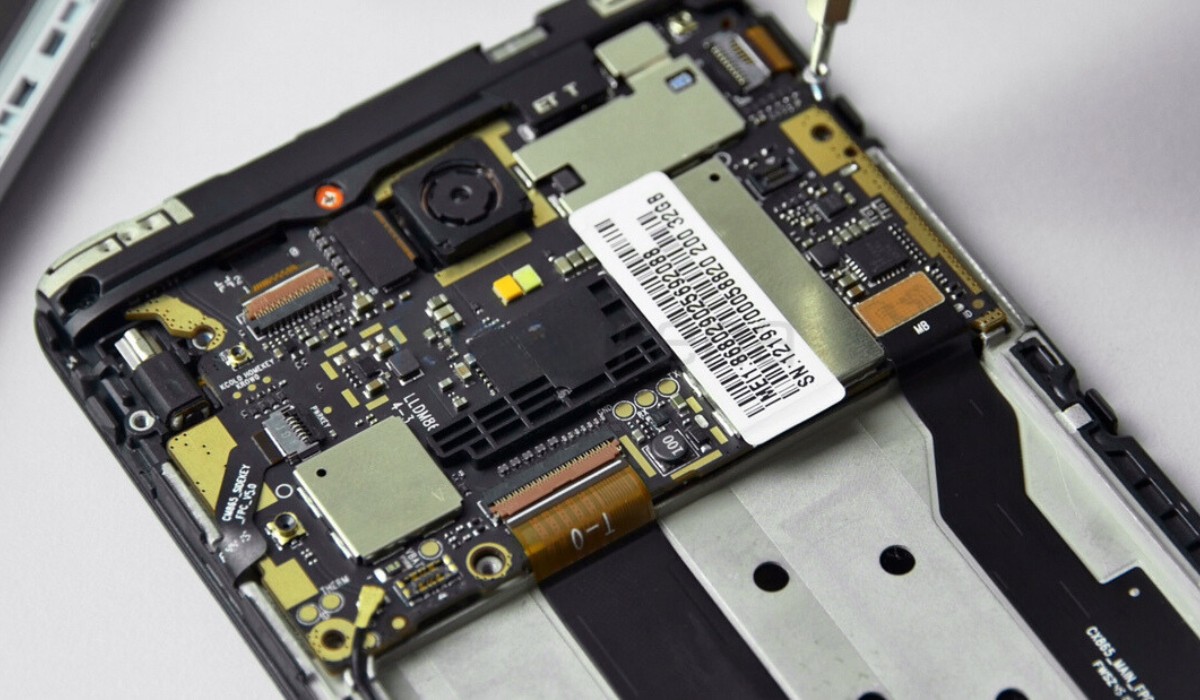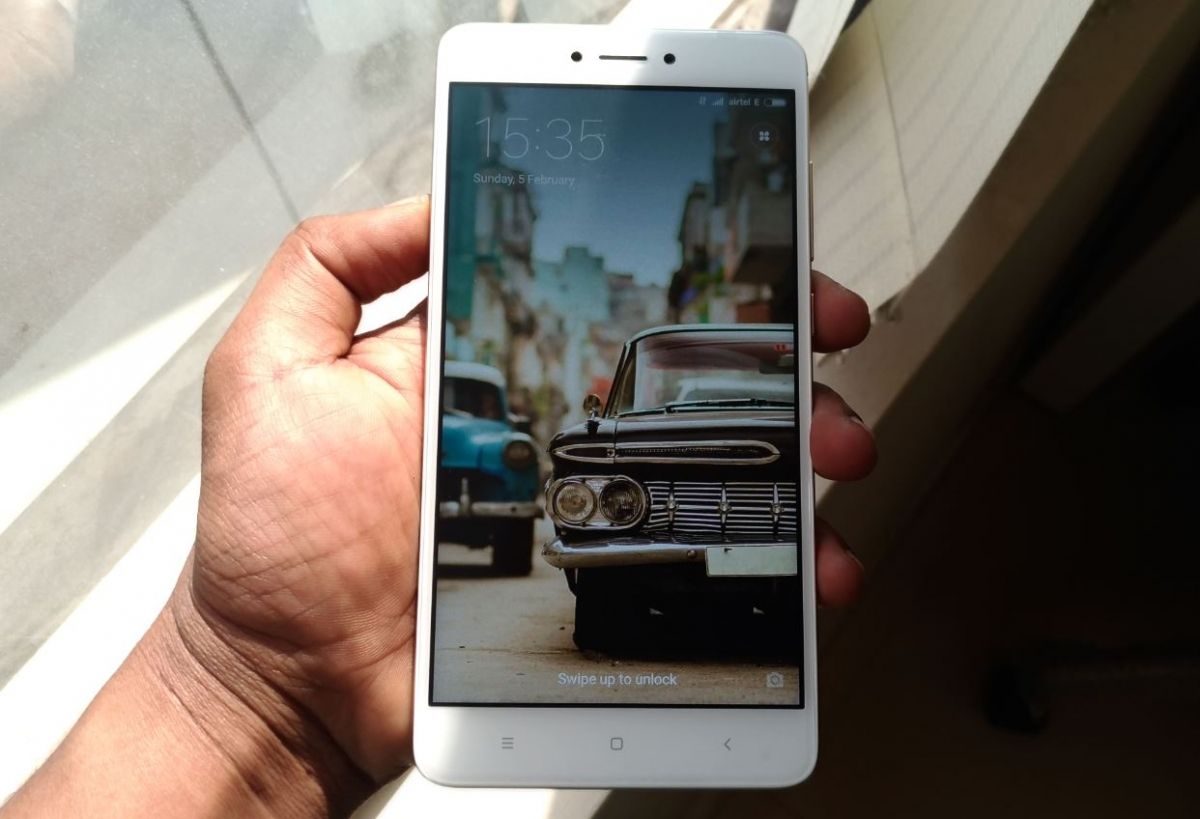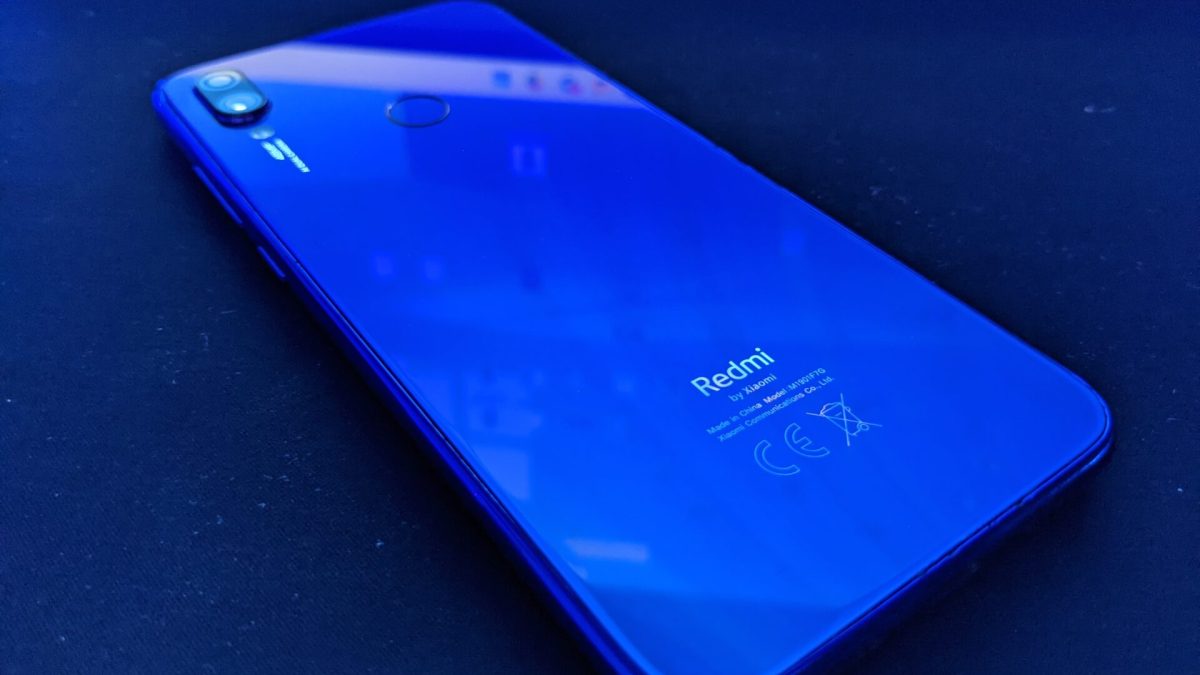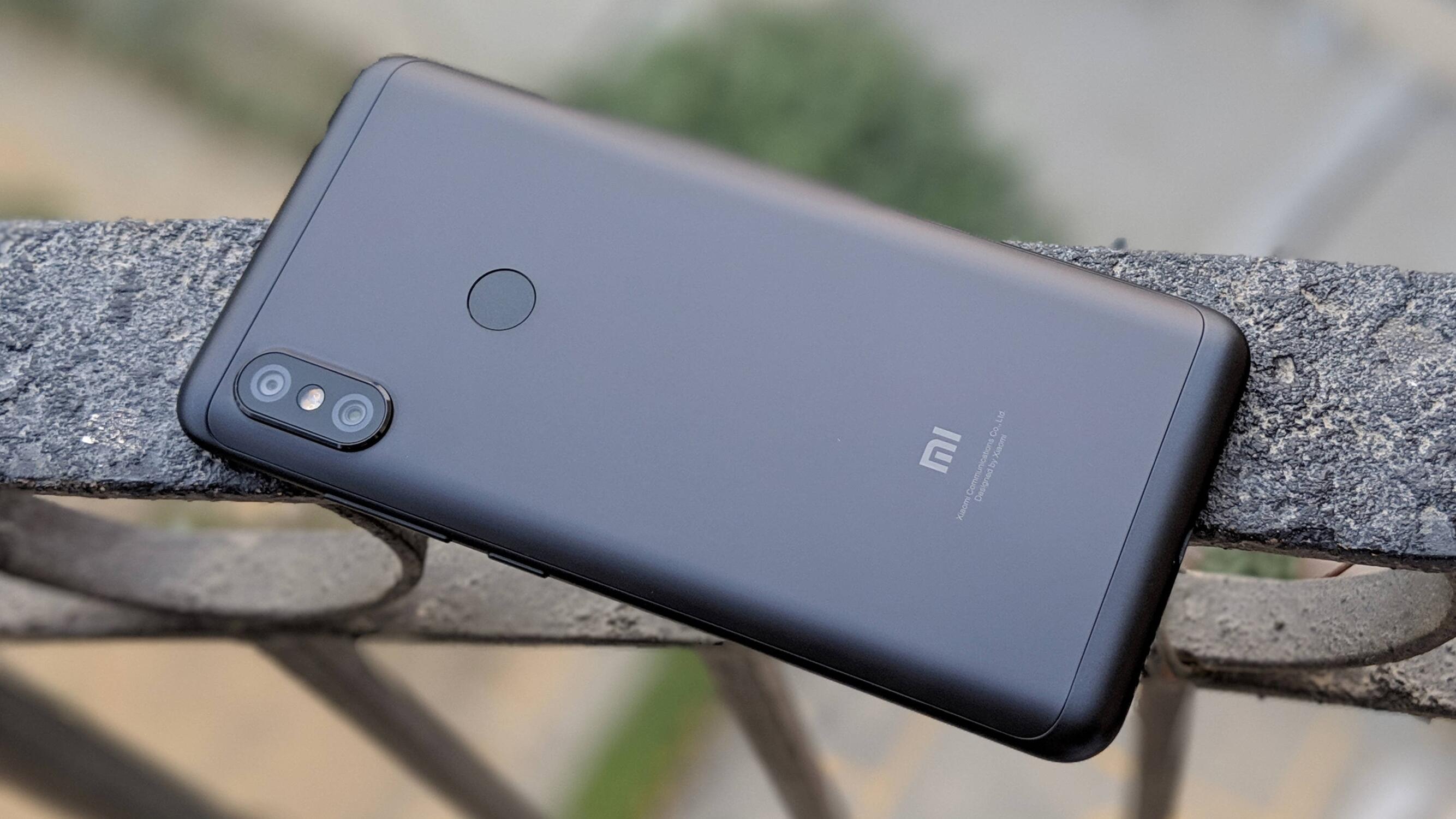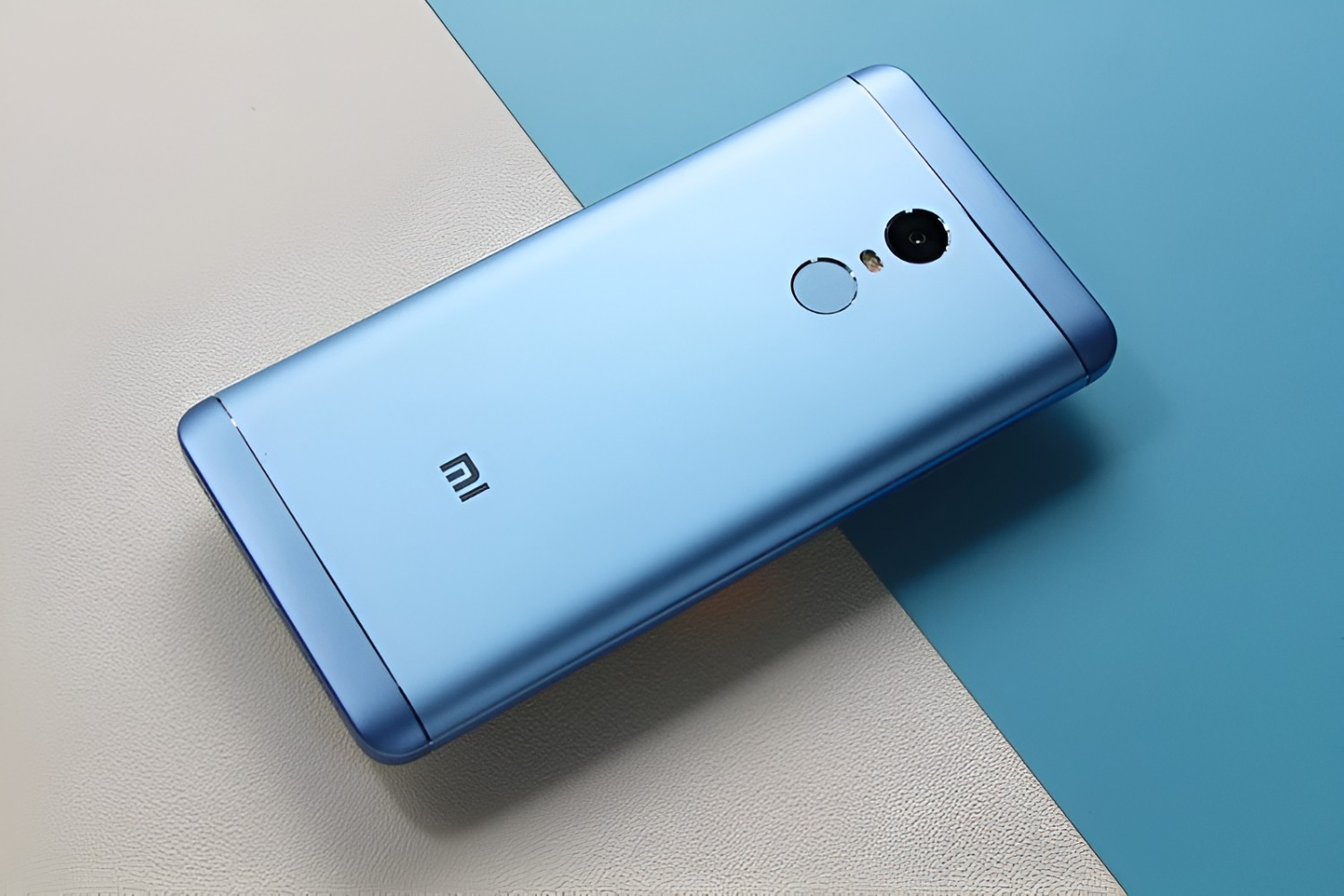Introduction
The Redmi Note 3 is a popular and powerful Android device that offers a plethora of features and functionalities. However, for users seeking to maximize the potential of their device, rooting can provide access to a whole new level of customization and control. Rooting allows users to gain privileged access to the Android operating system, enabling them to modify system settings, install custom ROMs, and utilize powerful apps that require elevated permissions.
In this comprehensive guide, we will delve into the intricacies of rooting the Redmi Note 3, providing step-by-step instructions and valuable insights to help you navigate the process with confidence. Whether you are a seasoned enthusiast or a curious newcomer, this guide aims to demystify the concept of rooting and empower you to make informed decisions about customizing your device.
By the end of this guide, you will have a clear understanding of the benefits and risks associated with rooting, as well as the necessary steps to unlock the full potential of your Redmi Note 3. So, grab your device, buckle up, and let's embark on this exciting journey to unleash the true power of your Redmi Note 3.
Understanding Rooting
Rooting an Android device involves obtaining privileged access to the operating system, essentially unlocking the full potential of the device. By default, Android devices are equipped with certain restrictions and limitations to ensure the stability and security of the system. However, rooting allows users to bypass these restrictions, granting them elevated control over the device's software and hardware.
When a device is rooted, users gain access to the root directory, which is akin to having administrative privileges on a computer. This access empowers users to make significant modifications to the operating system, such as removing pre-installed bloatware, customizing the user interface, and even overclocking the CPU for enhanced performance.
One of the primary motivations for rooting a device is the ability to install custom ROMs. A custom ROM is essentially a modified version of the Android operating system, offering unique features, improved performance, and a personalized user experience. Rooting is a prerequisite for installing custom ROMs, as it provides the necessary permissions to overwrite the stock firmware with a custom version.
It's important to note that rooting is not without its risks. By gaining elevated privileges, users also expose their devices to potential security vulnerabilities and the risk of voiding the manufacturer's warranty. Additionally, improper execution of rooting procedures can lead to "bricking" the device, rendering it inoperable.
Understanding the implications and potential consequences of rooting is crucial before embarking on the process. It requires careful consideration of the benefits and risks, as well as a clear understanding of the steps involved in the rooting process.
In the next sections, we will delve into the preparatory steps and the actual process of rooting the Redmi Note 3, providing detailed guidance to help you navigate the journey of unlocking the full potential of your device.
Preparing Your Device
Before diving into the intricate process of rooting your Redmi Note 3, it is crucial to adequately prepare your device and take necessary precautions to ensure a smooth and successful rooting experience. Proper preparation not only minimizes the risk of potential issues but also sets the stage for a seamless transition into the subsequent steps of the rooting process.
Back Up Your Data
The first and foremost step in preparing your device for rooting is to back up all essential data. Rooting involves making significant modifications to the device's software, which can potentially lead to data loss. By backing up your photos, videos, documents, and other important files, you can safeguard your personal data against any unforeseen complications that may arise during the rooting process.
Enable USB Debugging
USB debugging is a crucial setting that allows your device to communicate with a computer via a USB connection. To enable USB debugging on your Redmi Note 3, navigate to the device's settings, select "About phone," and tap on the "Build number" multiple times until you see a message indicating that developer options have been enabled. Then, go to "Developer options" and toggle on the USB debugging option.
Ensure Sufficient Battery Level
Adequate battery level is essential to prevent any interruptions during the rooting process. Ensure that your Redmi Note 3 has a sufficient battery level or connect it to a power source to avoid any unexpected shutdowns that could potentially disrupt the rooting procedure.
Install Necessary Drivers
To establish a seamless connection between your Redmi Note 3 and your computer, it is essential to install the necessary USB drivers. These drivers facilitate the communication and data transfer between the device and the computer, ensuring a stable connection throughout the rooting process.
Research and Gather Resources
Before proceeding with the rooting process, it is advisable to conduct thorough research and gather the necessary resources, including relevant rooting tools, custom recovery images, and any additional files required for the specific rooting method you intend to use. Familiarize yourself with the terminology, tools, and procedures associated with rooting to ensure a well-informed and confident approach.
By meticulously preparing your Redmi Note 3 and taking the aforementioned steps, you can lay a solid foundation for the subsequent stages of the rooting process. With your device primed and ready, you are now equipped to embark on the exhilarating journey of unlocking the full potential of your Redmi Note 3 through the process of rooting.
Unlocking Bootloader
Unlocking the bootloader is a pivotal initial step in the process of rooting the Redmi Note 3. The bootloader, a program that initializes the operating system when the device is powered on, typically restricts the installation of custom firmware and modifications to the device's software. By unlocking the bootloader, users gain the freedom to install custom recovery and ultimately root their device, thereby unlocking its full potential.
Before proceeding with the bootloader unlocking process, it is imperative to understand that this action will reset the device to its factory settings, erasing all data in the process. Therefore, it is crucial to back up all essential data to prevent any loss during the bootloader unlocking procedure.
To initiate the bootloader unlocking process, users need to obtain the necessary permissions from the device manufacturer. Xiaomi, the manufacturer of the Redmi Note 3, provides an official method for unlocking the bootloader through the Mi Unlock Tool. This tool allows users to request bootloader unlocking permissions from Xiaomi, after which the actual unlocking process can be carried out.
Once the bootloader unlocking permissions have been granted, users can proceed with the unlocking process by following the step-by-step instructions provided by Xiaomi. This typically involves booting the device into fastboot mode, connecting it to a computer, and using the Mi Unlock Tool to execute the unlocking command.
It is important to note that unlocking the bootloader is a critical operation that carries certain risks. By unlocking the bootloader, users may void the device's warranty and expose it to potential security vulnerabilities. Additionally, improper execution of the bootloader unlocking process can lead to irreversible damage to the device.
Therefore, it is essential to carefully follow the official instructions provided by Xiaomi and exercise caution throughout the bootloader unlocking process. By adhering to the prescribed guidelines and taking necessary precautions, users can successfully unlock the bootloader of their Redmi Note 3, laying the groundwork for the subsequent steps of installing custom recovery and rooting the device.
In the next section, we will delve into the process of installing custom recovery, a pivotal step that paves the way for rooting the Redmi Note 3 and unlocking its full potential.
Installing Custom Recovery
Installing a custom recovery is a crucial step in the journey of rooting the Redmi Note 3, as it lays the foundation for implementing custom firmware and gaining elevated control over the device's operating system. Custom recovery, such as TWRP (Team Win Recovery Project), serves as a powerful tool for creating full device backups, flashing custom ROMs, and performing system-level modifications that are otherwise restricted by the stock recovery.
Before embarking on the installation of custom recovery, it is essential to ensure that the bootloader of the Redmi Note 3 has been successfully unlocked, as custom recovery cannot be installed on a device with a locked bootloader. Once the bootloader unlocking process has been completed, users can proceed with the installation of custom recovery by following the prescribed steps.
The installation of custom recovery typically involves the use of specialized tools and commands to replace the stock recovery with a custom recovery image. This process requires a computer with the necessary USB drivers installed, as well as a USB cable to establish a connection between the Redmi Note 3 and the computer.
One of the widely used methods for installing custom recovery involves utilizing the Fastboot mode, which allows users to flash the custom recovery image onto the device. By booting the Redmi Note 3 into Fastboot mode and connecting it to the computer, users can execute commands to install the custom recovery, thereby enabling advanced functionalities and customization options.
It is important to note that the installation of custom recovery carries inherent risks, and any missteps during the process can potentially result in adverse consequences, such as bricking the device. Therefore, it is imperative to carefully follow the official instructions provided by the custom recovery developers and exercise caution throughout the installation process.
Once the custom recovery has been successfully installed on the Redmi Note 3, users gain access to a plethora of powerful features, including the ability to create full device backups, flash custom ROMs, and perform system-level modifications with ease. This sets the stage for the final and pivotal step in the rooting process – gaining root access to the device.
In the subsequent section, we will delve into the intricacies of rooting the Redmi Note 3, providing detailed guidance to empower users to unlock the full potential of their devices and embark on a personalized and enriched Android experience.
Rooting Your Redmi Note 3
Rooting the Redmi Note 3 marks the culmination of the preparatory steps and initial procedures, unlocking the true potential of the device and empowering users with elevated control over the Android operating system. Rooting grants users privileged access to the root directory, enabling them to make profound modifications, install powerful apps, and customize the device to suit their preferences.
The process of rooting the Redmi Note 3 typically involves flashing the SuperSU or Magisk zip file through the custom recovery. These files contain the necessary binaries and scripts to grant root access to the device, allowing users to execute commands with elevated permissions and delve into advanced system-level customizations.
To initiate the rooting process, users need to transfer the SuperSU or Magisk zip file to the internal storage of the Redmi Note 3. This can be accomplished by connecting the device to a computer via USB and transferring the file, or by directly downloading the file onto the device itself.
Once the SuperSU or Magisk zip file is available on the device, users can boot into the custom recovery, such as TWRP, and navigate to the "Install" option. From there, they can select the transferred zip file and swipe to confirm the flash, initiating the rooting process.
After the flashing process is completed, users can reboot the device, and it will now be rooted, granting them elevated privileges and access to advanced customization options. With root access, users can utilize powerful root-enabled apps, modify system settings, and even delve into the realm of custom ROMs to further enhance the capabilities and features of their Redmi Note 3.
It is important to note that rooting the device carries certain risks, including the potential for voiding the manufacturer's warranty and exposing the device to security vulnerabilities if not managed carefully. Therefore, it is crucial to exercise caution and make informed decisions when proceeding with the rooting process.
By successfully rooting the Redmi Note 3, users unlock a new realm of possibilities, enabling them to tailor their device to their unique preferences and harness its full potential. With root access, the Redmi Note 3 transforms into a versatile and customizable platform, empowering users to explore the depths of Android customization and functionality.
Managing Root Access
After successfully rooting your Redmi Note 3, it's essential to understand the nuances of managing root access to ensure a seamless and secure experience. Root access grants elevated privileges, allowing users to make profound modifications to the device's software and system settings. However, wielding such power requires a responsible and cautious approach to maximize the benefits while mitigating potential risks.
One of the key aspects of managing root access is exercising discretion when granting root permissions to apps. Root-enabled apps have the potential to perform powerful actions that can significantly impact the device's stability and security. Therefore, it is crucial to scrutinize and evaluate the necessity and trustworthiness of each app before granting it root access. This approach helps prevent unauthorized or malicious apps from exploiting root privileges and compromising the device's integrity.
Furthermore, staying informed about the latest developments in the rooting community and being mindful of the potential security implications is paramount. As the Android ecosystem evolves, vulnerabilities and exploits may surface, posing potential risks to rooted devices. Staying abreast of security updates, patches, and best practices for rooted devices is essential to safeguarding the integrity of the Redmi Note 3.
Regularly backing up the device's system and data is another critical aspect of managing root access. Rooted devices are inherently more susceptible to unforeseen complications, and having comprehensive backups ensures that users can restore their devices to a stable state in the event of any issues or mishaps. Custom recovery, such as TWRP, provides robust backup and restore functionalities, empowering users to create full system backups and restore points for added peace of mind.
Moreover, exercising caution when installing third-party modifications, custom ROMs, or root-specific apps is imperative. While the allure of customization and enhanced features is enticing, it is essential to verify the authenticity and compatibility of such modifications to prevent potential conflicts or instability within the device's operating system.
Finally, understanding the implications of root access on the device's warranty and official support is crucial. Rooting the Redmi Note 3 may void the manufacturer's warranty, and it is essential to weigh the benefits of root access against the potential loss of official support. Users should be mindful of this trade-off and make informed decisions based on their individual preferences and requirements.
In essence, managing root access entails a balanced approach that leverages the benefits of elevated privileges while prioritizing the security and stability of the Redmi Note 3. By exercising discretion, staying informed, and implementing best practices, users can harness the full potential of root access while safeguarding the integrity of their devices.
Conclusion
In conclusion, the journey of rooting the Redmi Note 3 is a transformative experience that empowers users to unlock the full potential of their devices and delve into the realm of advanced customization and control. Throughout this comprehensive guide, we have navigated through the intricacies of rooting, from understanding the fundamental concepts to executing the pivotal steps that culminate in gaining root access.
Rooting the Redmi Note 3 opens up a world of possibilities, allowing users to install custom ROMs, optimize system performance, and utilize powerful root-enabled apps to tailor their devices to their unique preferences. However, it is essential to approach rooting with a balanced perspective, weighing the benefits against the potential risks and implications.
By meticulously preparing the device, unlocking the bootloader, installing custom recovery, and ultimately gaining root access, users embark on a journey of exploration and personalization, transforming their Redmi Note 3 into a versatile and customizable platform.
Managing root access requires a responsible and cautious approach, encompassing discretion in granting root permissions, staying informed about security considerations, and maintaining comprehensive backups to safeguard the device's integrity.
Ultimately, the decision to root the Redmi Note 3 is a personal one, influenced by individual preferences, requirements, and the willingness to navigate the trade-offs associated with elevated privileges. Rooting empowers users to sculpt their devices into personalized and enriched platforms, but it also necessitates a mindful and informed approach to ensure a secure and stable experience.
As we conclude this guide, it is imperative to emphasize the importance of thorough research, cautious execution, and a clear understanding of the implications of rooting. By embracing the journey of rooting with prudence and awareness, users can unlock the full potential of their Redmi Note 3 while safeguarding the integrity and security of their devices.









